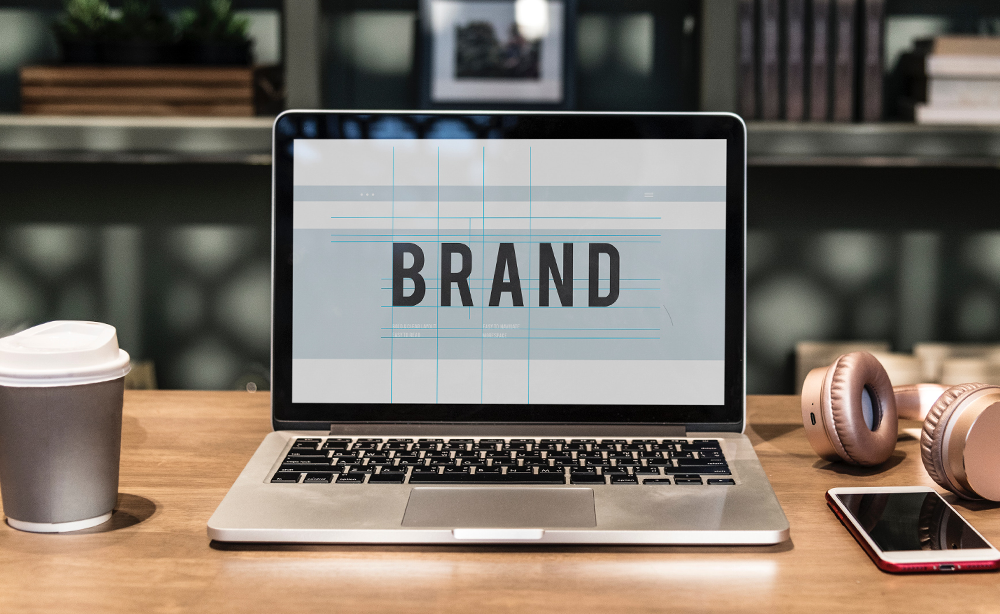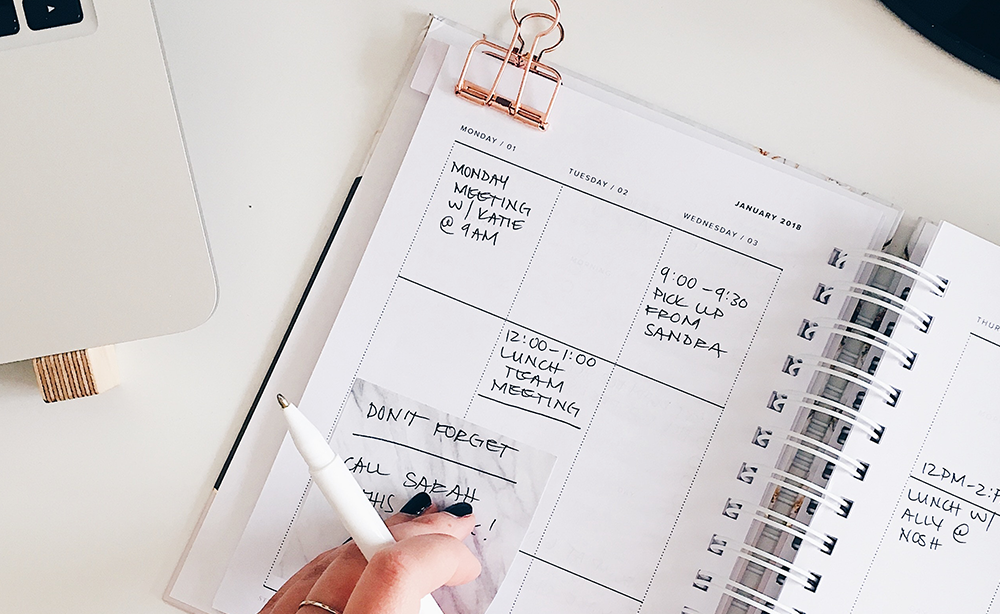Written by Katy Goshtasbi
Posted on: August 12, 2019
Share This

I’ve had lots of “good” experiences in my life. Unfortunately, I’ve had “bad” experiences, too.
As I look back, one of the worst experiences was when my father died years ago. It was painful and confusing. Another “bad” experience centered around the end of a friendship/relationship. A third, “bad” experience most recently happened around me leaving an organization that I had been a part of for over eight years.
What all these “bad” experiences have in common is that they signaled an “end” of something in my life: the end of my father being physically present, a relationship, a community involvement.
So why is the “end” of anything so painful and “bad” for me? When I stop to think about it, this makes no real sense to me. As an experience, does the end of anything really have to be bad?
Most recently, I read the following quote regarding marketing campaigns and the customer experience:
The key word for me here is “remember”. What I take this to mean is that my memory of the event, not the actual event, marked my experience. I’m often reminded of a great phrase, “perception is reality” from “A Course in Miracles”. What I perceive is my reality of the event, NOT the actual event.
Therefore, it seems that an experience truly is not about the event itself (a death, a transition, a promotion, a birth, etc) but about the mindset I have around that event and how I choose to interpret the event experience.
I was recently interviewed on a podcast and asked about my program, Emotional Resonance Factor ©. In the program, I teach that in order to resonate with your audience, you must emotionally come across happier than your audience–at some level. The question is always the same: how can you ask me to be happy if my current experience is one of difficulty/lack of happiness?
The answer goes back to our experiences of an event and our mindset/interpretation of that event. Just because an event in our life or our day has left us less than happy, does not mean the event has to dictate our mindset and our ability to emotionally resonate with our audience.
How is that possible, you ask?
Well, for most of us when we have a bad experience all we can focus on is that one bad experience. Who can blame us? After all, the negative experience is so real for us and can linger for so long afterwards. However, this way of being, leaves me very powerless, like everyone else is in control of my life except for me. Whenever I linger too long on a bad experience, I feel lost in it.
But, what if there was another way to go about your day?
What if I told you that you could choose to focus on something different, something that may have not even manifested yet in your life but was more positive than this “bad” event?
What if, as the quote above says, we chose to focus on a memory of that experience that was more positive than negative? If the entire experience was awesome, then that’s easy to recall a positive memory. If the experience was negative, then you’ll just have to look for a memory that is more positive than not.
Simple, right? Well, as the great Werner Erhard states, some things are simple, but not easy.
So what does all this mean for you and your brand? Stop and consider:
● How often does your bad experiences dictate your mindset and reactions?
● How often do you miss out on events and people because you can’t let go of the bad experience and memory?
What would it look like if you:
● Stayed self-aware long enough to realize you are having a bad memory of an experience?
● Choose to focus on something more positive/fun/happy in the present moment? Maybe it is not even related to the bad memory/experience in question. Maybe it is a thought of your kids laughing and playing or of a great meal you just enjoyed. Anything will do as long as it is positive in nature- even if it is made up using your imagination.
● Reduced your stress enough to be able to get yourself to see this possible positive memory.
Want more? Express your truth in order to create wealth and value for yourself with my Emotional Resonance Factor© Mini Course. With this course, I support you to connect to, step into, and express your truth in order to create wealth and value for yourself.









